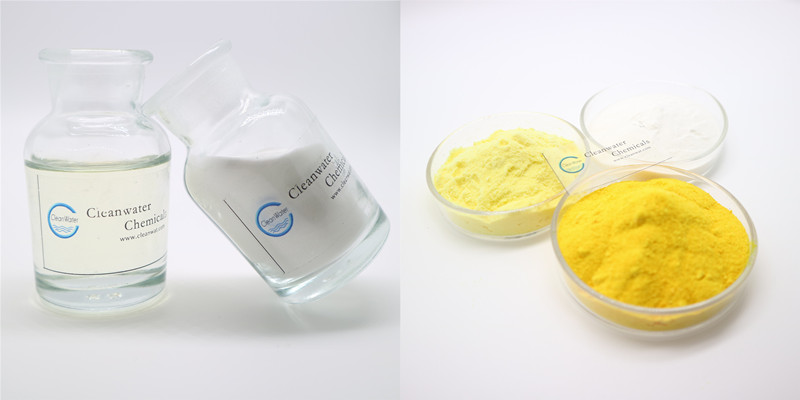Through the addition of polydimethyldiallylammonium chloride (PDMDAAC), polyaluminum chloride (PAC) and a composite flocculant of the two in the continuous operation of the membrane bioreactor (MBR), they were investigated to alleviate MBR. The effect of membrane fouling. The test measures the changes of MBR operating cycle, activated sludge capillary water absorption time (CST), Zeta potential, sludge volume index (SVI), sludge floc particle size distribution and extracellular polymer content and other parameters, and observe the reactor According to the changes of activated sludge during operation, three supplementary dosages and dosage methods that are the best with less flocculation dosage have been determined.
The test results show that the flocculant can effectively alleviate membrane fouling. When the three different flocculants were added at the same dosage, PDMDAAC had the best effect on alleviating membrane pollution, followed by composite flocculants, and PAC had the worst effect. In the test of supplementary dosage and dosing interval mode, PDMDAAC, composite flocculant, and PAC all showed that supplementary dosage was more effective than dosing in alleviating membrane pollution. According to the change trend of the transmembrane pressure (TMP) in the experiment, it can be determined that after the first addition of 400 mg/L PDMDAAC, the best supplemental dose is 90 mg/L. The optimal supplemental dosage of 90 mg/L can significantly prolong the continuous operation period of MBR, which is 3.4 times that of the reactor without supplementary flocculant, while the optimal supplemental dosage of PAC is 120 mg/L. The composite flocculant composed of PDMDAAC and PAC with a mass ratio of 6:4 can not only effectively alleviate membrane fouling, but also reduce the operating costs caused by the use of PDMDAAC alone. Combining the growth trend of TMP and the change of SVI value, it can be determined that the optimal dosage of composite flocculant supplement is 60mg/L. After adding the flocculant, it can reduce the CST value of the sludge mixture, increase the Zeta potential of the mixture, reduce the SVI value and the content of EPS and SMP. The addition of the flocculant makes the activated sludge flocculate more tightly, and the surface of the membrane module The formed filter cake layer becomes thinner, extending the operation period of MBR under constant flow. The flocculant has no obvious effect on the MBR effluent water quality. The MBR reactor with PDMDAAC has an average removal rate of 93.1% and 89.1% for COD and TN, respectively. The concentration of the effluent is below 45 and 5mg/L, reaching the first level A discharge. standard.
Excerpt from Baidu.
Post time: Nov-22-2021


